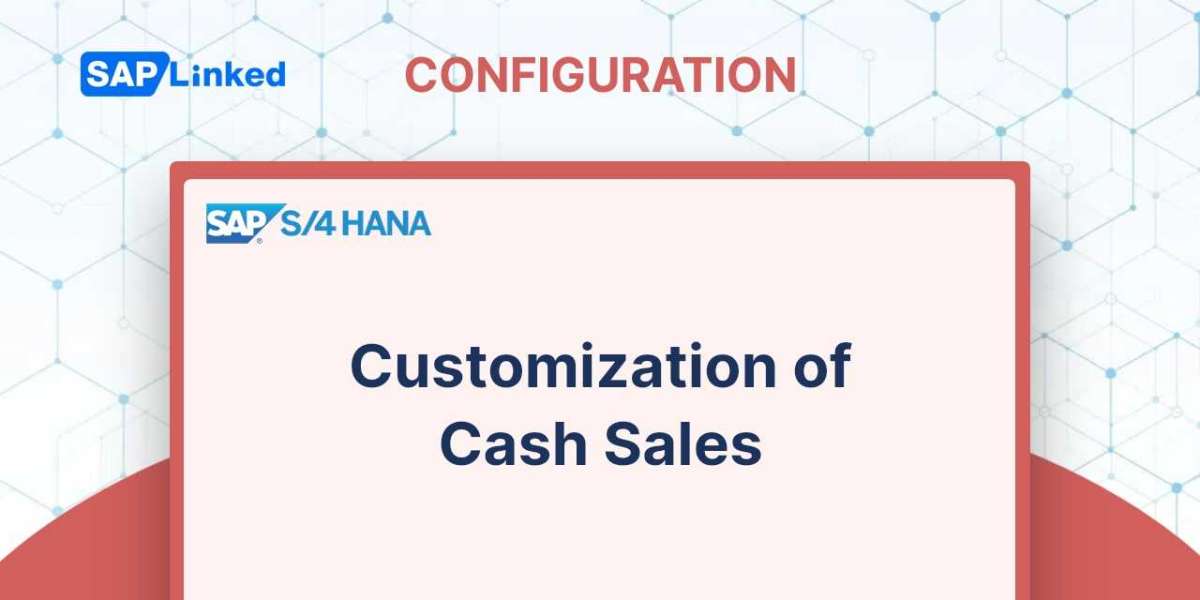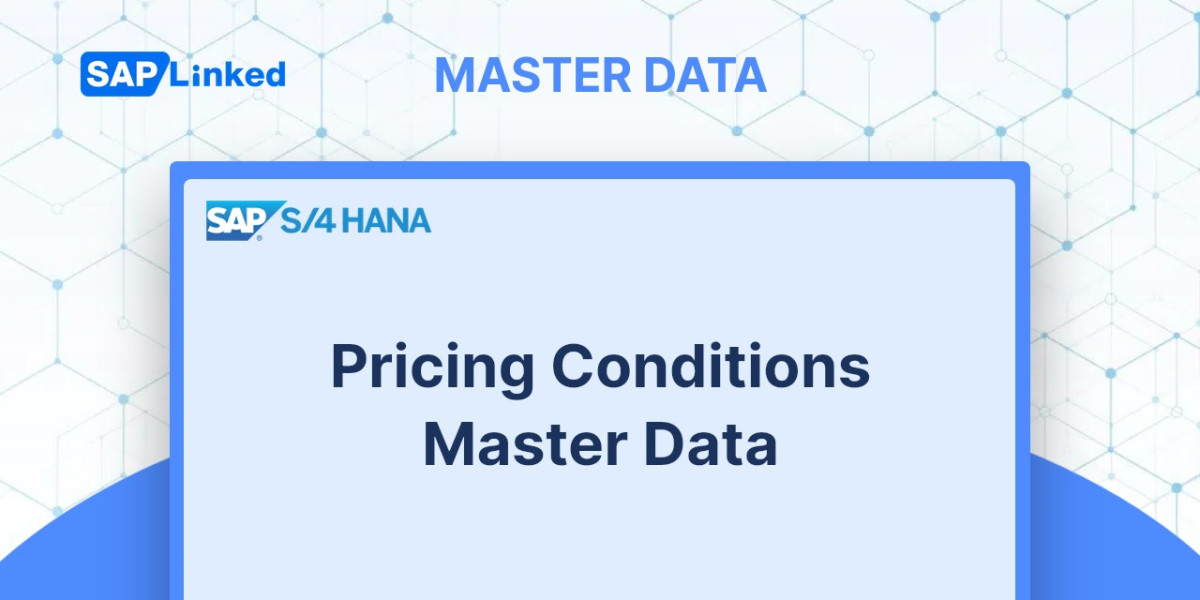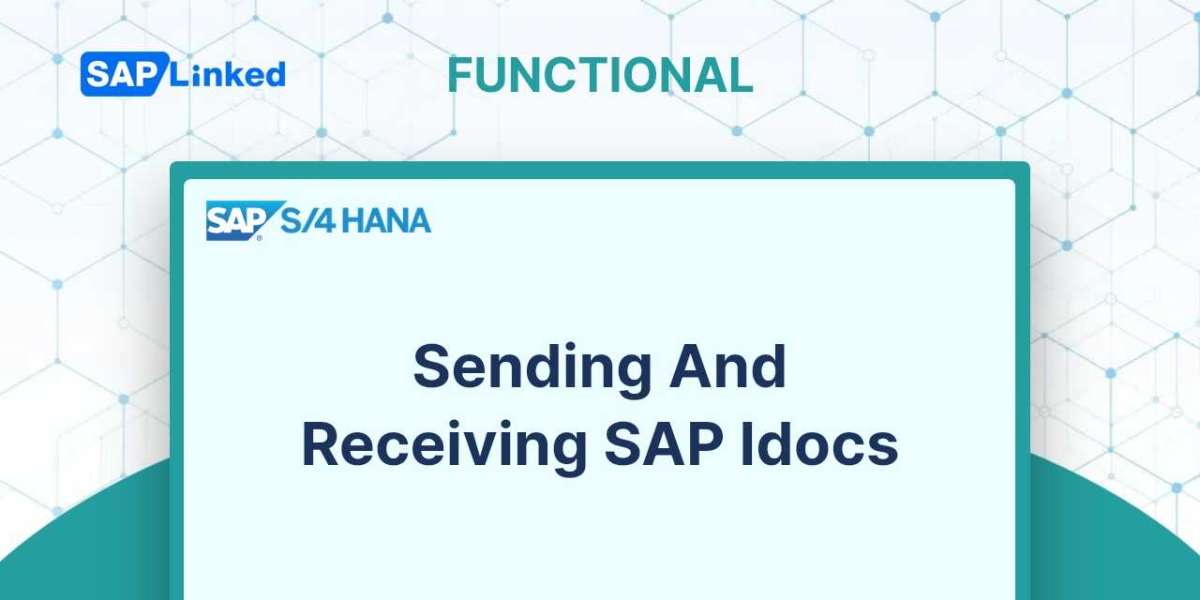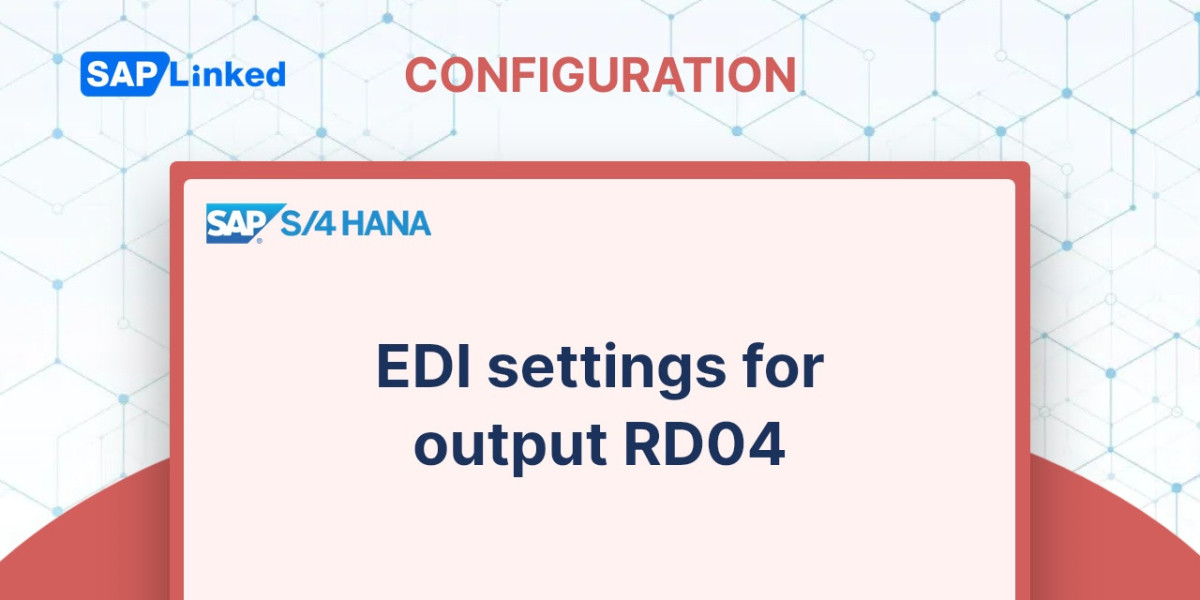For those business situations when the consumer places the purchase, pays for the items, and receives the delivery all at once, SAP offers a unique order type for cash sales. A sale made over the counter provides as an example of this commercial procedure.
Customization Settings in Cash Sales
The cash cycle is represented in standard SAP by the sales document type BV, together with the default delivery document type BV and default billing document type BV. To accomplish immediate delivery for document type BV, choose the option for immediate delivery in the sales document type customization. This only initiates the delivery the first time the document is saved, so any adjustments to the number or the insertion of new lines won't result in a subsequent delivery. The check box for an incompletion check is selected in the customization setting when assigning the document header incompletion procedure to the billing document type so that the sales order for cash sales cannot be processed unless complete in all aspects.

Figure 1 Sales Order Type View – BV
For cash sales, the typical SAP system has the item categories BVN and BVNN. BVN stands for a regular item, while BVNN stands for a free item. Both of these are important for billings pertaining to orders. Because of this, the document type BV can only be created with references to orders rather than deliveries. You cannot build a BV billing document from a BV delivery document, SAP informs you when you attempt to create the billing for BV using a delivery number.
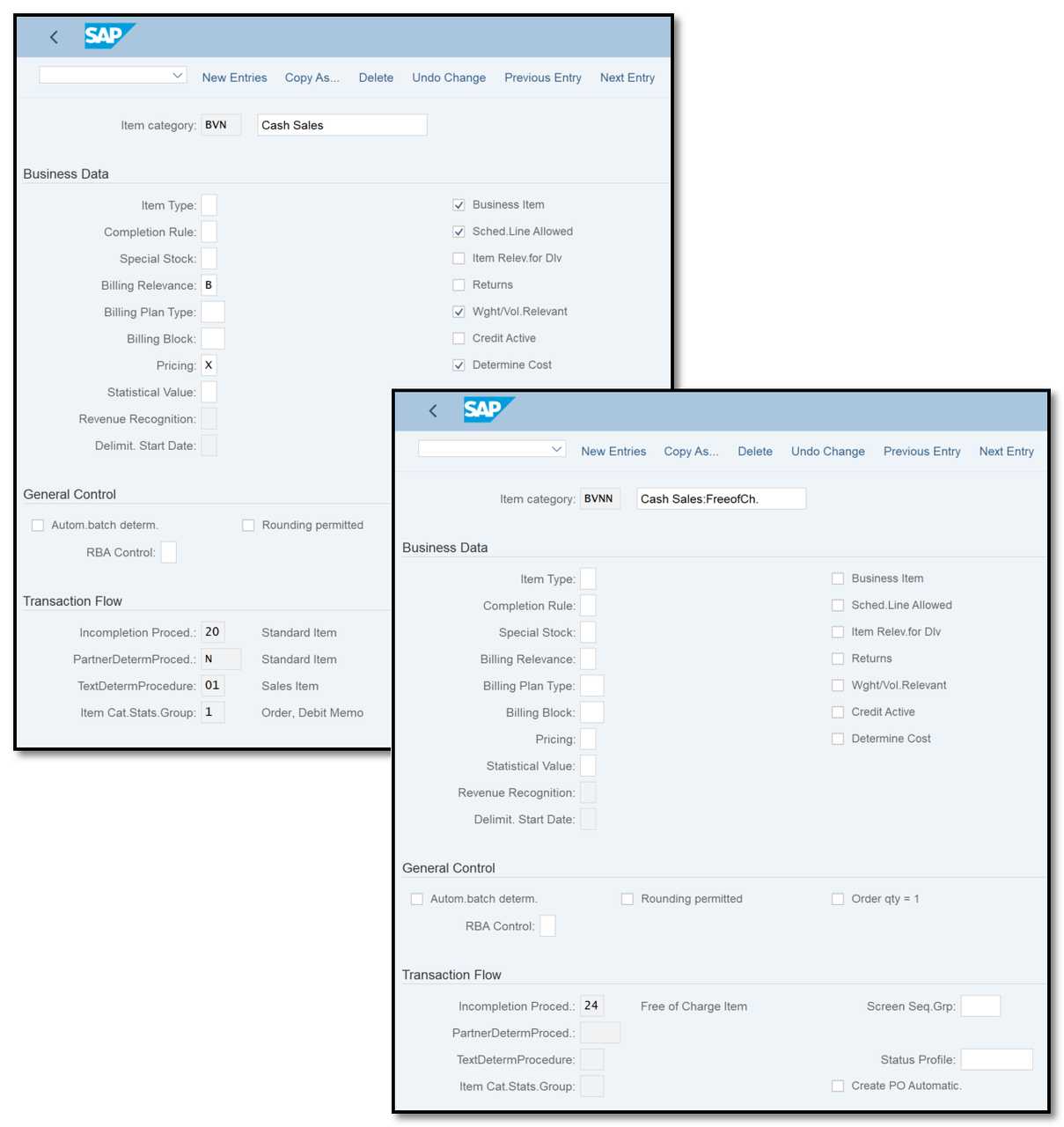
Figure 2 Item Category View – BVN/ BVNN
The standard output determination technique for cash sales, known as V10001, allows you to print the invoice from the sales document using output type RD03.
The procedure V10001 further assigns a requirement 14 to the output type RD03 in order to permit the retrigger of the invoice printout in the case that the net value of the sales order changes.
To enable the creation of the delivery and billing documents from the sales order BV, copy control is present between the order to delivery (BV to BV) and the order to billing (BV to BV). A copy routine 002 in standard SAP is allocated for the item-level copy control between order and billing to make sure that the cash invoice is not issued unless the amount in the sales order BV matches the PGI quantity of the delivery document BV.
Once the billing has been created, the revenue is credited during the accounting posting process, and the offset entry is then transferred to the cash account. However, in the case of cash sales, when the entry must go to the cash account, the account key EVV is given to the billing type BV when assigning the revenue account determination method customisation. Normally, SAP pulls the customer account from the billing document for offset entry. The accounting offset entry for the cash account for BV billing documents is then triggered by maintaining an entry for this account key, EVV, in the VKOA tables. Since the invoice created from the BV sales document is the one against which the payment is made, a reference to it must be made in the accounting entry that is being transmitted. The assignment and reference number fields at the header-level copy control between order and billing must both be set to B in order to accomplish this.
